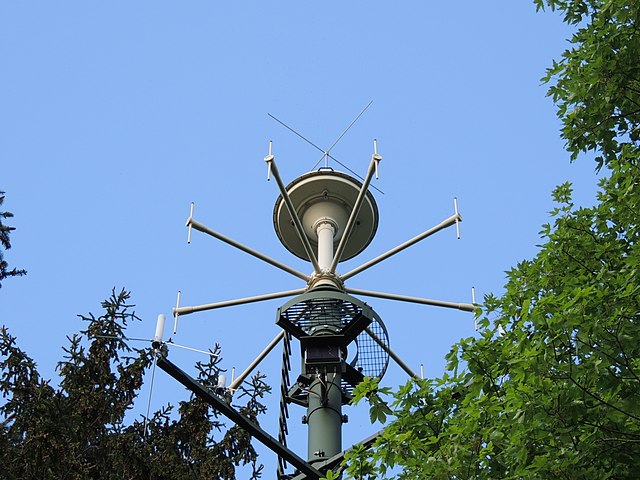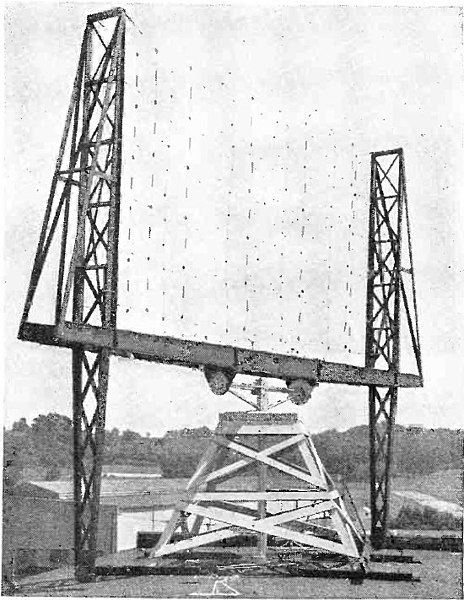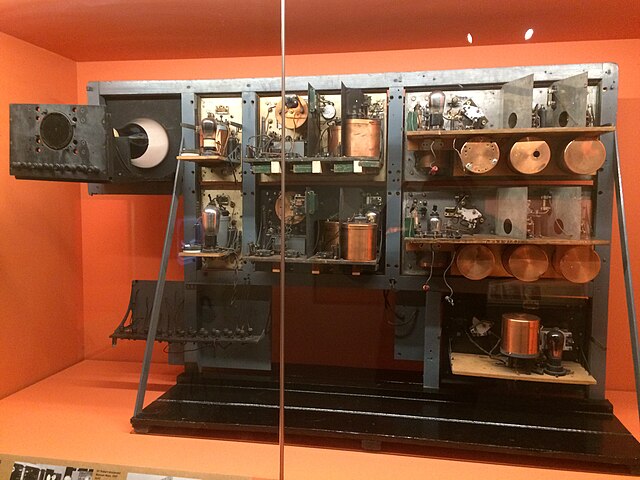Direction finding (DF), or radio direction finding (RDF), is the use of radio waves to determine the direction to a radio source. The source may be a cooperating radio transmitter or may be an inadvertant source, a naturally-occurring radio source, or an illicit or enemy system. Radio direction finding differs from radar in that only the direction is determined by any one receiver; a radar system usually also gives a distance to the object of interest, as well as direction. By triangulation, the location of a radio source can be determined by measuring its direction from two or more locations. Radio direction finding is used in radio navigation for ships and aircraft, to locate emergency transmitters for search and rescue, for tracking wildlife, and to locate illegal or interfering transmitters. During the Second World War, radio direction finding was used by both sides to locate and direct aircraft, surface ships, and submarines.

Radiotriangulation scheme using two direction-finding antennas (A and B)
Direction finding antenna near the city of Lucerne, Switzerland
W.G. Wade of the National Bureau of Standards uses a large multi-loop antenna to perform RDF in this 1919 photo. This is a fairly small unit for the era.
This Royal Navy model is typical of B–T goniometers. The two sets of "field coils" and the rotating "sense coil" are visible.
Radar is a system that uses radio waves to determine the distance (ranging), direction, and radial velocity of objects relative to the site. It is a radiodetermination method used to detect and track aircraft, ships, spacecraft, guided missiles, motor vehicles, map weather formations, and terrain.
Long-range radar antenna, used to track space objects and ballistic missiles
Radar of the type used for detection of aircraft. It rotates steadily, sweeping the airspace with a narrow beam.
Experimental radar antenna, US Naval Research Laboratory, Anacostia, D. C., from the late 1930s (photo taken in 1945)
The first workable unit built by Robert Watson-Watt and his team








